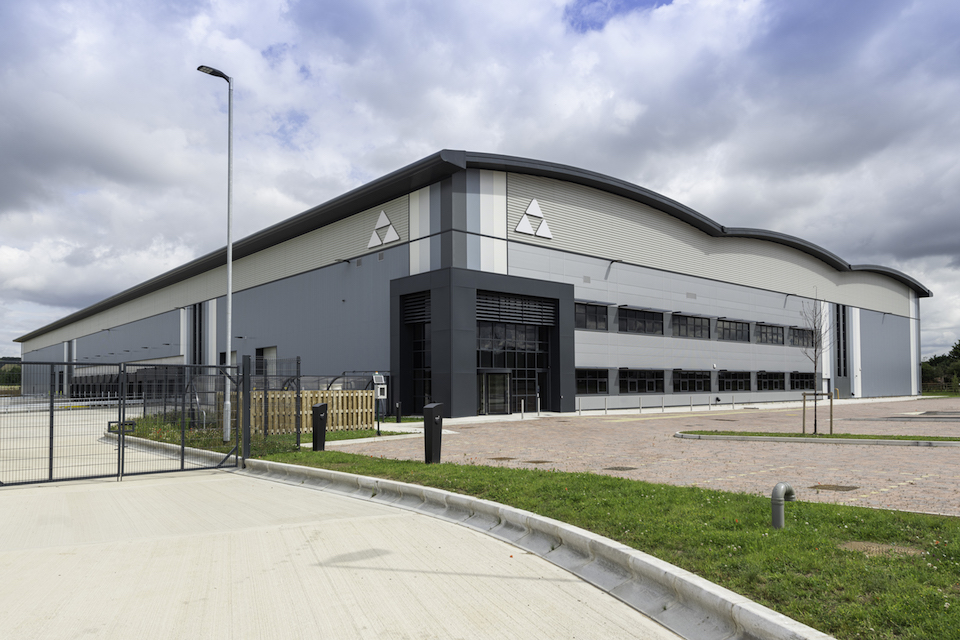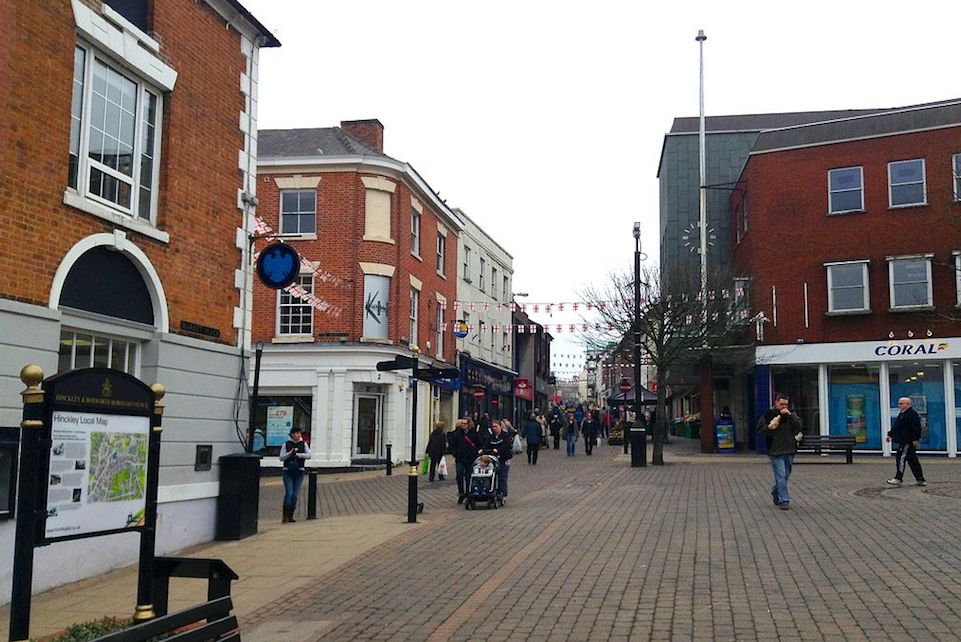Hinckley interchange developers respond to community fears

Hinckley Strategic Rail Freight Interchange (SRFI) has been in the planning mix for several years. It has also been in the news for almost as long. Local fears of increased industrial development have frequently been raised, but the developer has maintained an enigmatic silence, despite the matter being widely reported. However, that has changed with the project attracting the attention of a ruling from the planning authorities.
The developers Tritax Symmetry are behind the speculative plan to build the extensive logistics facility at Hinckley, a small market town in Leicestershire. Like their other projects around the country, the company has been habitually low-key in their engagement. However, the SRFI Hinckley has attracted more attention than usual, and the company struggles to make their case.
Media hostility reflects divided opinions
The development site is in the heart of Britain’s so-called logistics golden triangle. It lies in the heart of England, conveniently placed for traffic generated in the Midlands, the South East and the North West. Several significant ports, including Liverpool, Felixstowe and Southampton, are almost equidistant from the location.

Tritax Symmetry has broken silence on the matter in an effort to put fears to rest over the project. Local media has been hostile to the development and has harnessed opposition. There has also been division among locally elected representatives. A high-profile councillor resigned over the matter, and residents have mobilised resistance.
Jobs and investment hang on the development
Nick Payne, the recently appointed development director for Tritax Symmetry, has answered some issues before any planning referral. “Our plan will deliver thousands of jobs, new apprenticeships and skills development as well as huge carbon savings by [taking heavy goods vehicles] off local roads”, he told a number of local media sources. Objectors have claimed the opposite, saying the development will encourage more road traffic.
Concerns originally were that the rail freight element would not materialise. However, the designation by the UK government of the Development as a Strategic Rail Freight Interchange all but ensures a rail connection – assuming the project gets final approval from Westminster. “[It is about] investing in Leicestershire, the environment and the future”, said Payne.
Rail issues are a nerve-ending locally
The developers could be forgiven for some dismay over the planning referral. They say that since their plans were revealed, they have consulted residents in the area three times and written to thousands of households. “[We have] held several face-to-face meetings and spoken with businesses, politicians and community groups”, said Payne, who has a track record of development experience. “We will continue to engage as our plans progress.”

The plan is now the subject of a Development Consent Order – a piece of government legislation which, if approved, will largely clear the way for Hinckley to go ahead. Although the rail freight element is a relatively small part of the overall footprint of the logistics park, it has been the touch point of much of the local animosity – not helped by local media supporting stories with pictures of vast marshalling yards. On the other hand, the lack of rail infrastructure may also contribute to hostility. The cancellation of the “Eastern Leg” of the HS2 high-speed rail project – which would have directly served the area – was not well received and remains a sore point for the community at large.
You just read one of our premium articles free of charge
Want full access? Take advantage of our exclusive offer




